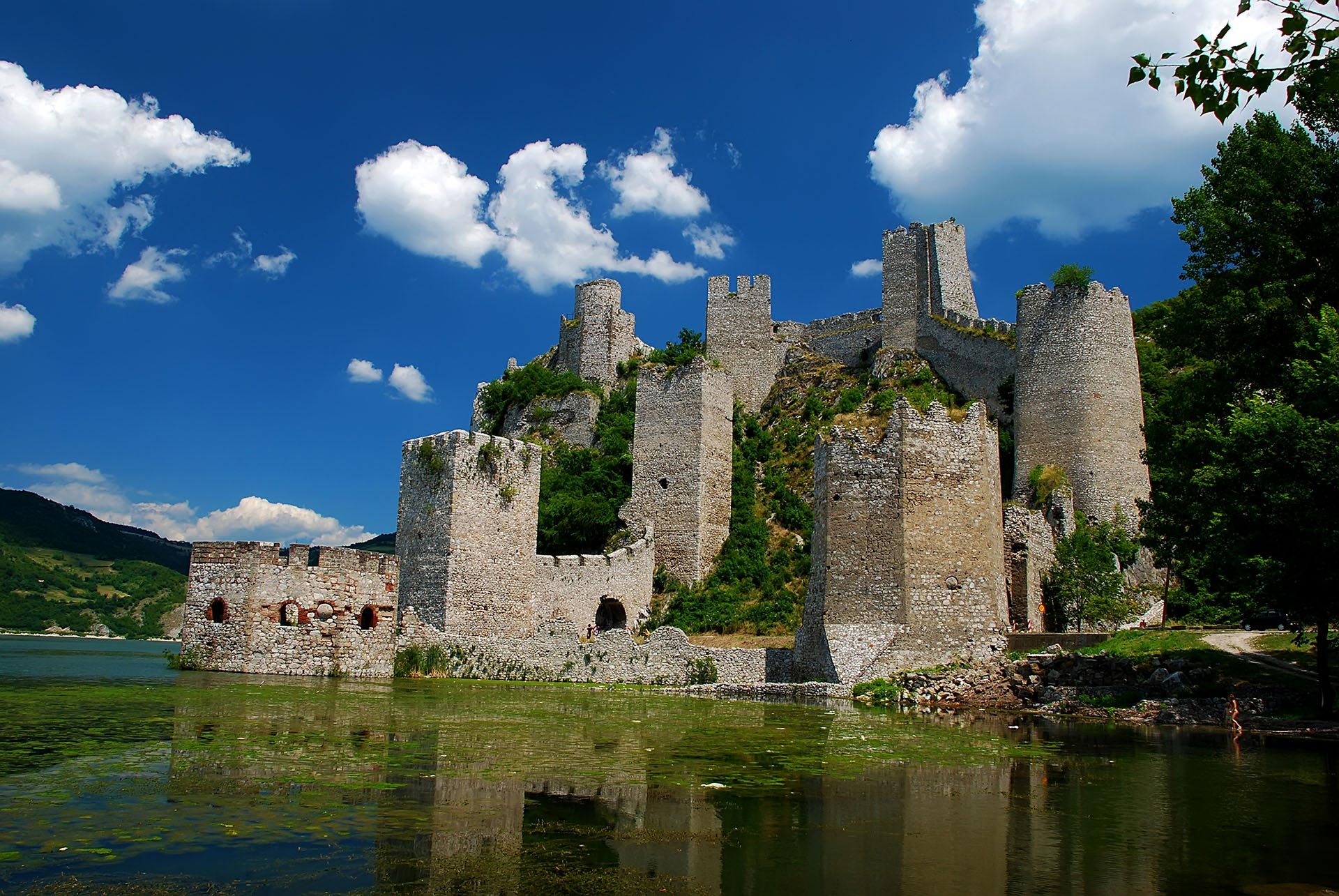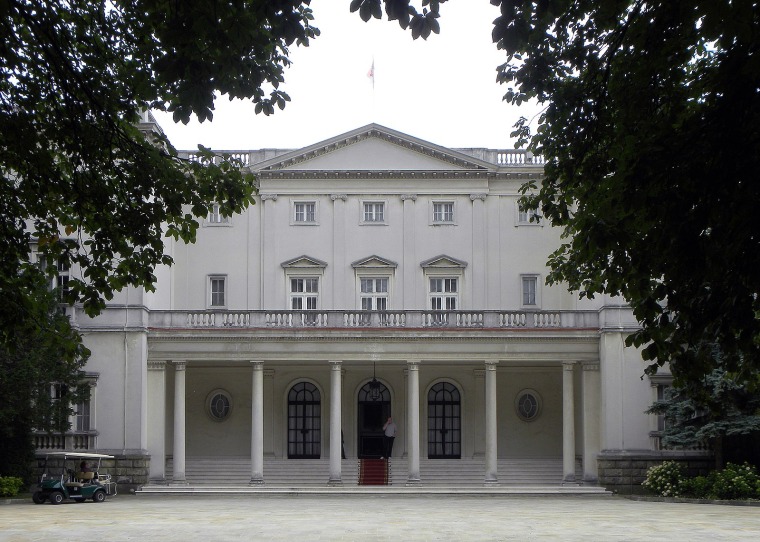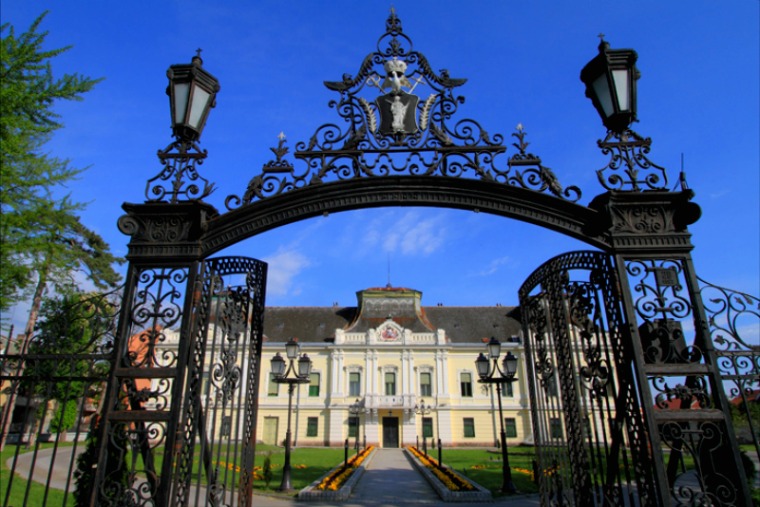Petrovaradin fortress was a significant military fort of the Austrian rulers who, at the time of Napoleon’s conquests, hid their treasures here.
Today it is city’s art center, home to Exit festival and place which mysterious underground keeps intriguing explorers from around the world.
When the European noblemen built Petrovaradin fortress, they certainly didn’t have in mind that 300 years later it would be the gathering place of people from around the world, of music and party admirers instead of soldiers. Their powerful military fortress was turned into a cheerful music fortress of Exit, one of the largest European music festivals, and into the biggest art colony in Europe.
Mighty bastion on the right bank of the Danube, the second largest fortress in Europe, has had numerous masters. After 180 years of Turkish governance it finally got its today’s appearance thanks to Holy Roman Emperor Leopold I of Austria’s Habsburg dynasty. Hence the style typical of the 18th century Austria. In 1703 he began the reconstruction of the fortress that lasted for 77 years.

According to a legend the name of Petrovaradin fortress consists of three words meaning “the city on a rock strong as faith”. Furthermore, due to its strategic position and significance that the fortress had for the Hapsburg monarchy, it was called “the Gibraltar on the Danube”. It consists of Upper and Lower city rising above the Danube and representing the symbol of Novi Sad.
The most stunning part of Petrovaradin fortress is the Clock Tower at the Ludwig bastion. The clock is peculiar for its clock-hands: a little hand indicates minutes, while the big hand represents hours. This unusual clock was constructed such way so that people, most of all boatmen, could read the time from the great distance.
The second barrack is located in the Lower town and it gives Petrovaradin fortress its characteristic shape. Later it was transformed into the hotel “Leopold” with the interior that resembles the Austrian palaces. It is the ideal place to enjoy the authentic atmosphere of Petrovaradin fortress.
Prisoners of Petrvaradin
Petrovaradin wasn’t only a mighty fortress but also a great dungeon where numerous famous captives were held. After the break of the First Serbian Uprising Karadjordje was held here for a few months. One of the first agitators and bearers of Socialist ideas Vasa Pelagić was held here, as well as Croatian writer Antun Gustav Matoš who was arrested as an army deserter.
The mysterious underground that goes four floors under the ground was built in the 70-ties of the 18th century and the underground system of halls is 16 km long. This mysterious underground makes the fortress even more interesting. It was intended for the lodging of soldiers and keeping of weapons. It had 12,000 gun holes, and they even intended to make mine fields in order to protect the fortress from enemies. Today numerous researches explore this labyrinth in order to bring to light some of the legends and secrets of the Petrovaradin underground.
Stories about the treasure of the Habsburg family, about a monster from Petrovaradin fortress, the enigma of a Maltese cross on a wall of a dead-end corridor and the guessing about a tunnel under the Danube are constant topics of numerous explorations and writings. The crew of the show “Ghost Hunters International” from the American channel SF and the company Pilgrim Films & Television filmed a documentary about this mysterious underground.
Besides its underground, Petrovaradin fortress offers you the opportunity to look at stars at the Planetarium where you can hear astronomy lectures. Then you can see the exhibit of the Museum of the City of Novi Sad (“Petrovaradin fortress in the past” and “Novi Sad from the 18th till the 20th Century”) in the Topovnjača building, visit art studios located in the basement of the Second barracks, talk to artists of this unique and the biggest art colony of its kind in Europe, visit the equestrian club…
Beside all these sights at the fortress, take time for a walk and have a break in a garden of some cafe and restaurant overlooking the Danube, river gulls and boats. Try to feel the spirit of ancient times when the sound of army boots of famous army leaders such as Eugene of Savoy sounded across Petrovaradin fortress.
How to get to Petrovaradin fortress?
The Fortress is located in Novi Sad, and the city is easily reachable by all the most significant roads leading from all four parts of Europe that meet here. These are E-75 from the North and Central Europe, and E-70 from West Europe, both leading towards the South and the Southeast of Europe.
The nearest airport is the Nikola Tesla Airport in Belgrade which is 80 km from Novi Sad. From the airport you can take a minivan to Novi Sad.
You can also get to Novi Sad by bus or by train. There are daily buss lines from all parts of the country and from many European cities coming to the Bus Station, while international railroad connects Novi Sad with Budapest, Vienna and further to North and West, and to South and Southeast of Europe and Middle East.
Since Novi Sad lies on the Danube there is also the possibility to visit the city on a cruiser.
Once you’re here, don’t miss…
Walking in the old part of Novi Sad where you have to visit The Liberty Square from the 18th century, the Catholic Church The Name of Mary built in the Neo-gothic style, while Zmaj Jovina Street will lead you to The Bishop’s Palace.
You shouldn’t miss a walk in Dunavska street, probably the oldest street in Novi Sad, nor a break in Dunavski park, the most beautiful park in Novi Sad.
If you happen to visit Novi Sad in summer, get refreshed at Štrand – one of the most beautiful beaches on the Danube.
Visit Sremski Karlovci, a beautiful little town not far from Novi Sad, try some wine in some of the wineries from the Wine Route Fruška Gora, and look for some rest at the National Park and mountain Fruška Gora.
Related Articles

Niš Fortress to become a world-known attraction
January 21, 2016













